Halloween Traditions Around the World: How Different Cultures Celebrate
Halloween, celebrated on October 31st, is a global phenomenon known for costumes, trick-or-treating, and eerie festivities. While it’s often associated with North America, Halloween traditions around the world are rich with history and cultural significance. This article explores how different cultures celebrate Halloween or similar festivals, highlighting global Halloween celebrations by continent.

Halloween in North America
United States and Canada
In North America, Halloween traditions have deep historical roots in the ancient Celtic festival of Samhain. This festival, originally celebrated in Ireland and Scotland, marked the end of the harvest season and the beginning of winter. Samhain was a time when the boundary between the living and the dead was believed to be at its thinnest, allowing spirits to roam the earth. Irish and Scottish immigrants brought these customs to the United States and Canada, where they evolved into the Halloween we know today.
In the U.S. and Canada, Halloween celebrations involve trick-or-treating, costume parties, haunted houses, and the carving of jack-o’-lanterns. These global Halloween rituals have become a significant part of the culture, blending ancient traditions with modern creativity and community involvement. The holiday reflects a mixture of Celtic, Christian, and contemporary influences, making it one of the most celebrated festivals in these countries.

Halloween Traditions in Europe
Ireland and Scotland
Halloween’s history can be traced back to Samhain, an ancient Celtic festival celebrated in Ireland and Scotland. Samhain marked the transition from the light half of the year to the dark half, a time when the spirits of the dead were thought to return to the earth. To ward off these spirits, people lit bonfires and wore costumes, a practice that remains a key part of Halloween traditions in these countries today.
In modern Ireland and Scotland, Halloween is celebrated with bonfires, “guising” (a form of trick-or-treating), and traditional foods like barmbrack, a fruitcake that often contains hidden charms. These Halloween customs by continent have preserved much of the original spirit of the holiday, blending ancient rituals with contemporary festivities. While we went trick or treating when we lived in Edinburgh, it wasn’t like in the States. It was difficult to tell if a house was participating and if they were, they often expected a riddle or trick (like a basic magic trick or a cartwheel) in exchange for a treat.

England
In England, Halloween is celebrated more quietly, often overshadowed by Guy Fawkes Night on November 5th. Historically, Halloween, known as “All Hallows’ Eve,” was a time to remember the dead, especially saints and martyrs. The tradition of “souling,” where the poor would offer prayers for the dead in exchange for food, can be seen as a precursor to modern trick-or-treating.
In recent years, however, Halloween has gained popularity in England, especially among younger generations. While it still doesn’t overshadow Guy Fawkes Night, Halloween’s growing presence reflects the influence of global Halloween celebrations and the blending of traditional and modern customs.
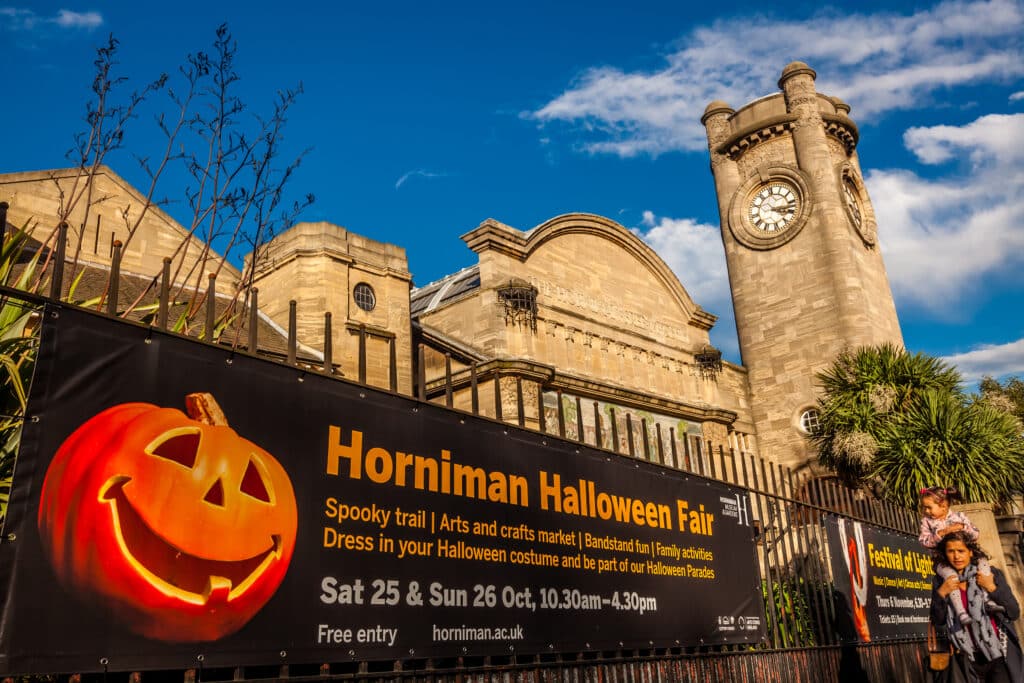
Spain and Portugal
In Spain and Portugal, Halloween is closely associated with Catholic traditions, particularly All Saints’ Day and All Souls’ Day, celebrated on November 1st and 2nd. These days are dedicated to honoring the dead, with families visiting cemeteries to clean and decorate graves. In Galicia, a region in northern Spain with strong Celtic roots, Halloween-like celebrations include bonfires and rituals to ward off evil spirits.
While not as commercialized as in North America, Halloween in these countries reflects the importance of remembering the dead and the blending of ancient and modern Halloween traditions worldwide.
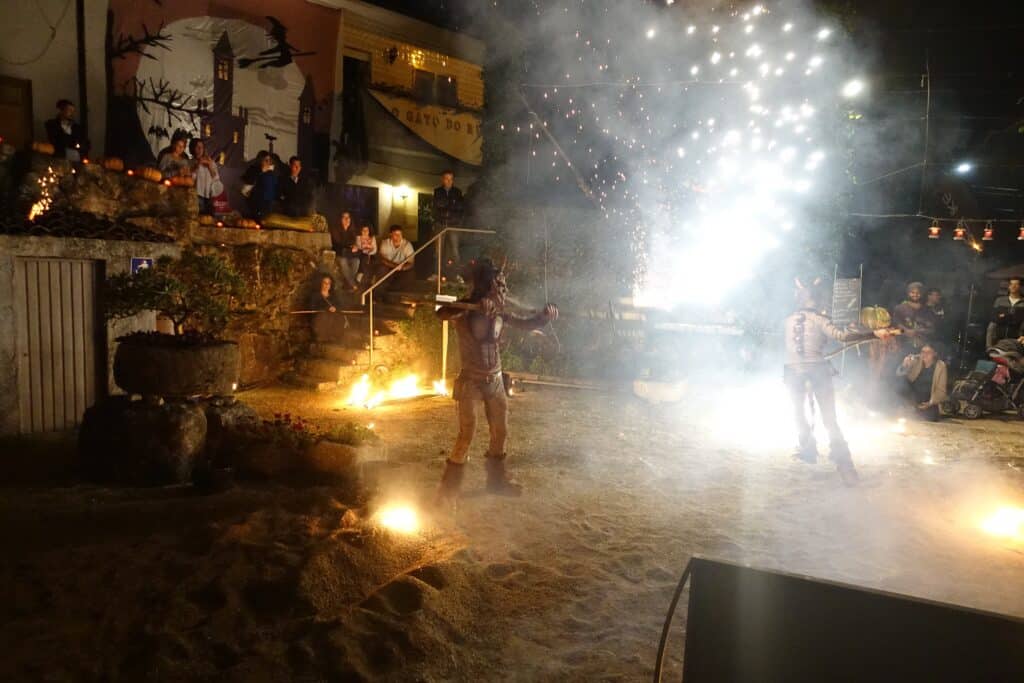
Latin American Halloween Celebrations
Mexico
In Mexico, Halloween is often overshadowed by Día de los Muertos (Day of the Dead), a vibrant celebration that takes place on November 1st and 2nd. This festival has deep roots in Aztec culture and honors deceased loved ones with elaborate altars (ofrendas), marigolds, and offerings of food and drink. Unlike Halloween’s spooky atmosphere, Día de los Muertos is a joyful celebration of life and death, reflecting a unique cultural approach to the afterlife.
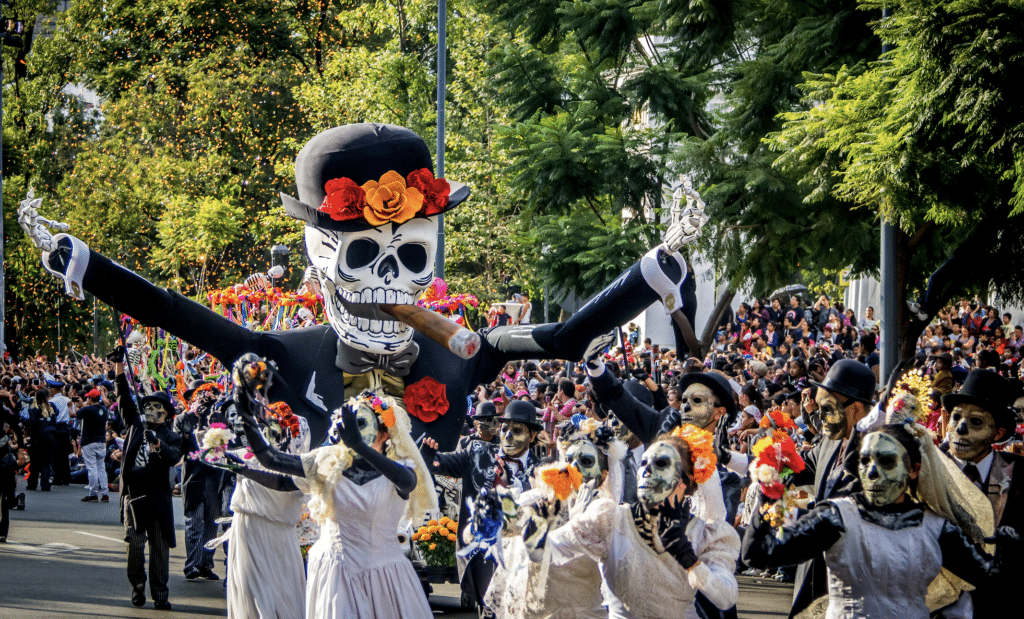
Día de los Muertos has become one of the most well-known global Halloween celebrations, although it is distinct from Halloween itself. The festival’s cultural significance has even influenced Halloween traditions in Mexico, with some blending elements of both holidays.
Brazil
In Brazil, Halloween, known as “Dia das Bruxas” (Day of the Witches), is not traditionally celebrated but has gained popularity due to American pop culture. However, Brazil’s most significant festival related to the dead is Finados or All Souls’ Day, on November 2nd. On this day, families visit cemeteries to pray for their deceased relatives, clean graves, and decorate them with flowers.

While Halloween customs by continent differ greatly, the themes of honoring the dead and recognizing the supernatural are common across cultures, even if the specific practices vary.
Halloween Traditions in Africa
South Africa
Halloween is not a traditional holiday in South Africa, but it has become more common in urban areas, influenced by Western culture. Despite this, South Africa has rich traditions related to the supernatural and ancestor worship. For example, in Zulu and Xhosa cultures, rituals to communicate with ancestors are central to their spiritual beliefs, emphasizing the importance of honoring the dead, a theme that resonates with global Halloween celebrations.
Ghana
In Ghana, the Homowo festival, celebrated by the Ga people, commemorates the end of a famine. While not directly related to Halloween, Homowo involves rituals that honor ancestors and spirits, with participants often wearing masks and costumes. These Halloween-like traditions highlight the cultural significance of honoring the dead and acknowledging the spiritual world, themes central to Halloween around the world.

Asian Halloween Celebrations
Japan
Halloween has become increasingly popular in Japan, especially in cities like Tokyo. However, it is more of a commercial event focused on costume parties and parades rather than traditional observances. Japan has its own festival, Obon, held in August, which honors deceased ancestors. During Obon, families light lanterns and perform dances to guide the spirits of ancestors back to the afterlife, a practice that shares themes with global Halloween celebrations.
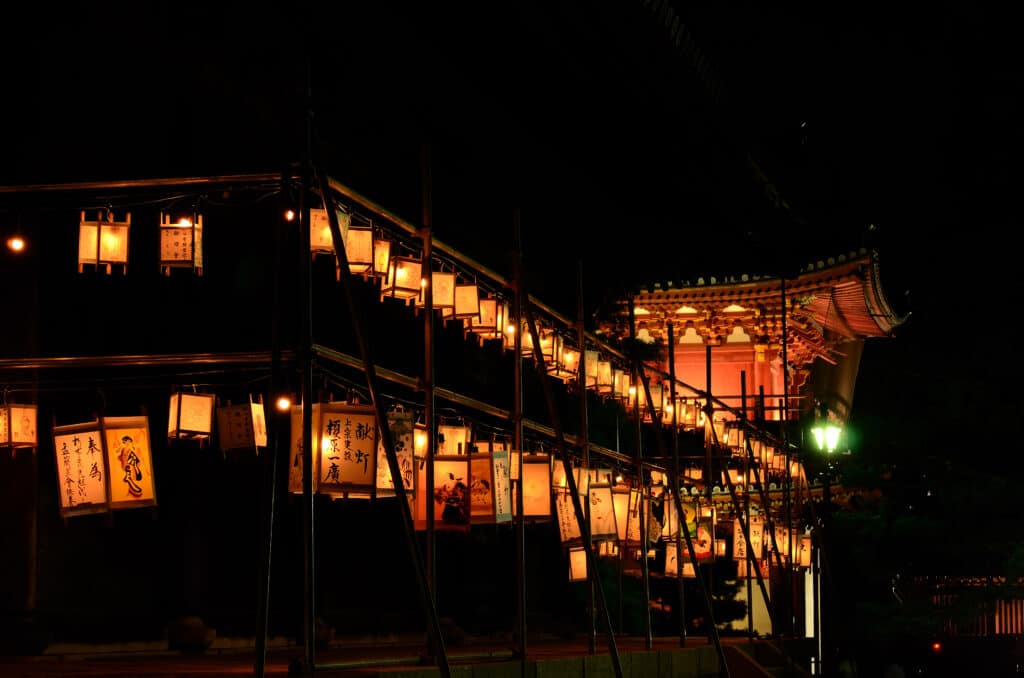
Philippines
In the Philippines, Halloween is part of a larger celebration known as “Undas,” which includes All Saints’ Day and All Souls’ Day. Families visit cemeteries to clean and decorate graves, lighting candles and offering prayers for their loved ones. In some regions, children participate in “pangangaluluwa,” a tradition similar to trick-or-treating, where they sing songs in exchange for food or money, intended for souls in purgatory. This blend of local customs with global Halloween traditions underscores the diverse ways in which cultures honor the dead.

Halloween Traditions in Oceania
Australia and New Zealand
In Australia and New Zealand, Halloween is not traditionally celebrated, but its popularity has grown due to American cultural influence. Halloween in these countries is primarily marked by children trick-or-treating and adults attending costume parties. However, it is still seen as a minor holiday compared to other cultural celebrations. I was “the American who decorated for Halloween” when we lived in New Zealand. We got some trick or treaters and were a “known” house, but it was definitely spotty for my kids when they went out.
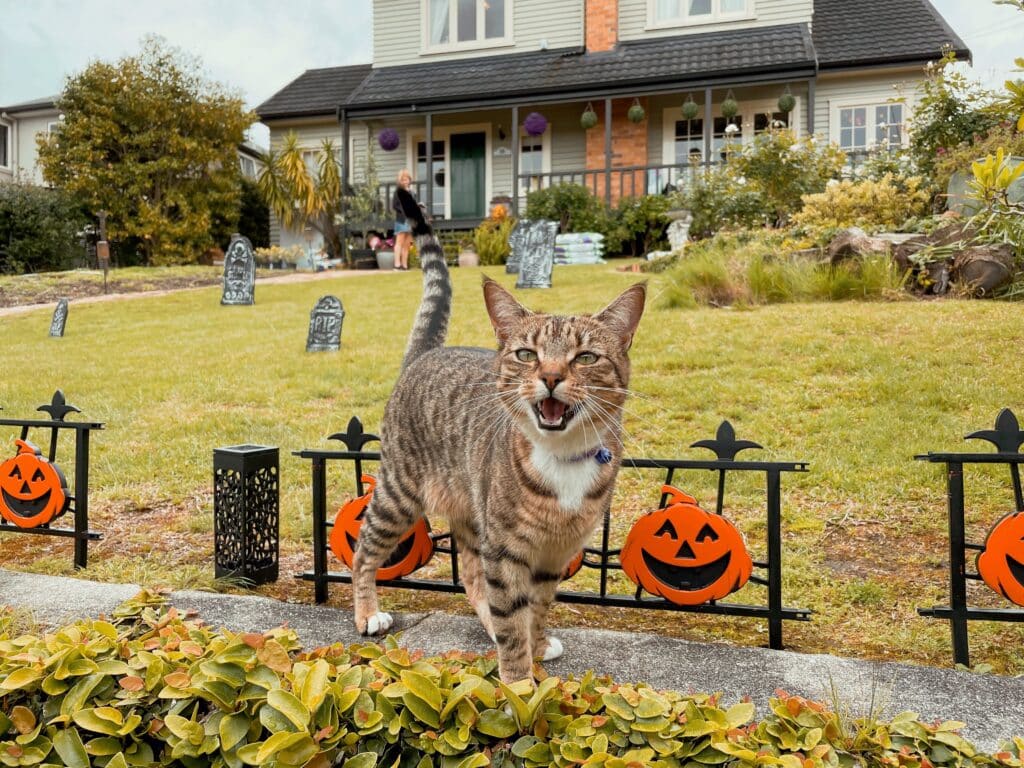
Indigenous cultures in Oceania have their own traditions related to the spiritual world. For example, the Māori of New Zealand celebrate Matariki, the Māori New Year, which involves remembering ancestors and celebrating new beginnings. While not related to Halloween, Matariki shares the theme of honoring those who have passed on, reflecting similar cultural values.
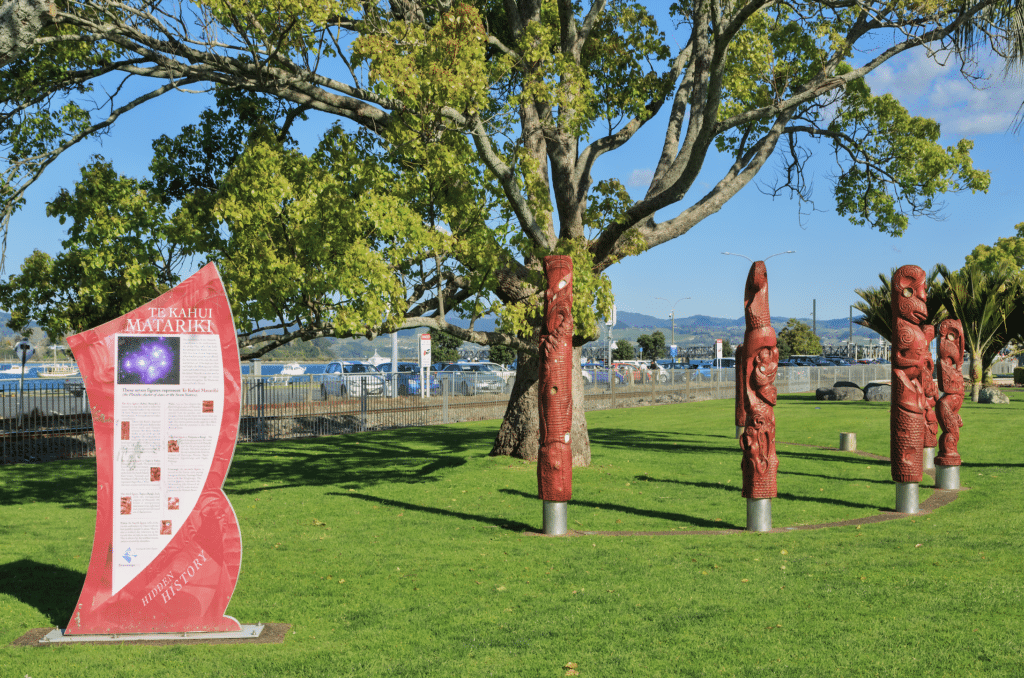
Halloween traditions around the world are as diverse as the cultures that celebrate them. From ancient Celtic rituals in Europe to the vibrant Día de los Muertos in Mexico, these global Halloween celebrations reflect deep cultural connections to life, death, and the supernatural. As Halloween continues to spread globally, it is shaped by local customs and beliefs, offering a fascinating glimpse into how different cultures interpret this spooky season.
Read more about holidays like Halloween around the world and Halloween celebrations around the world.







